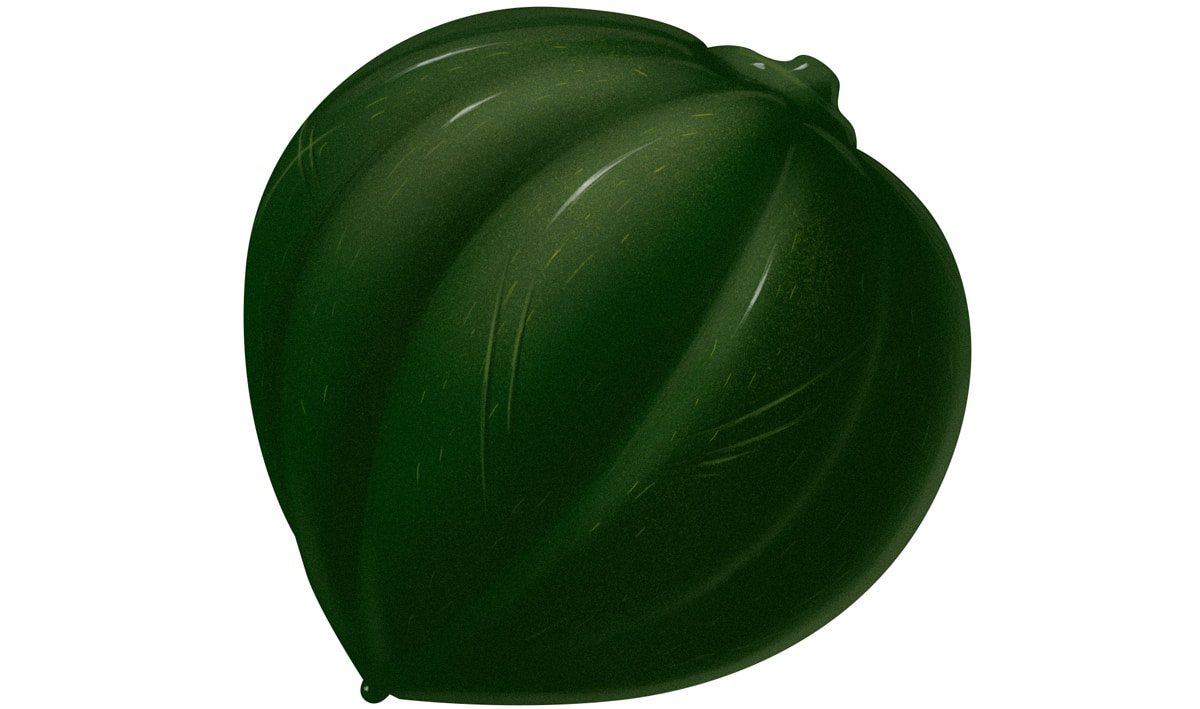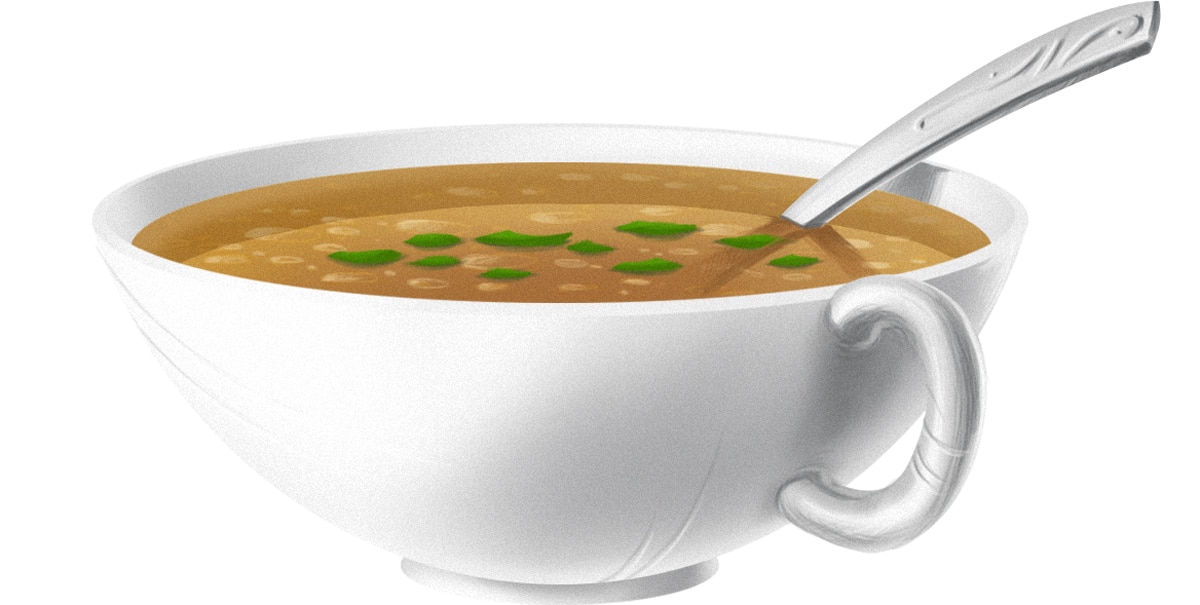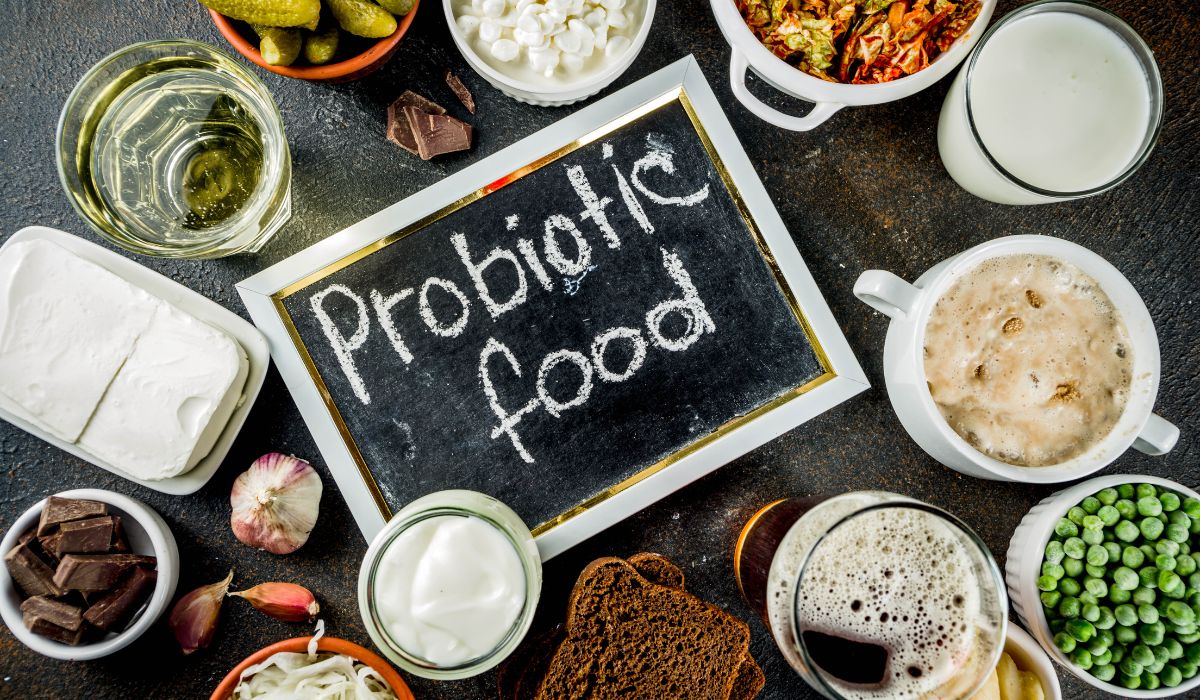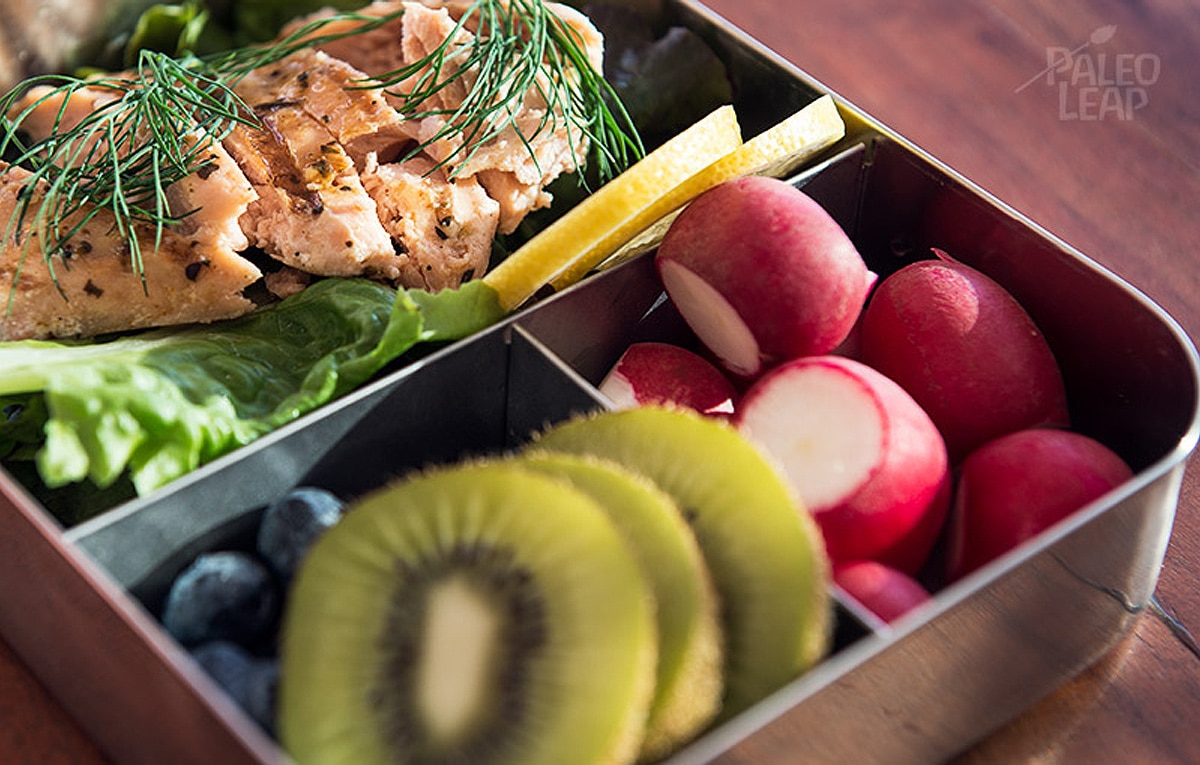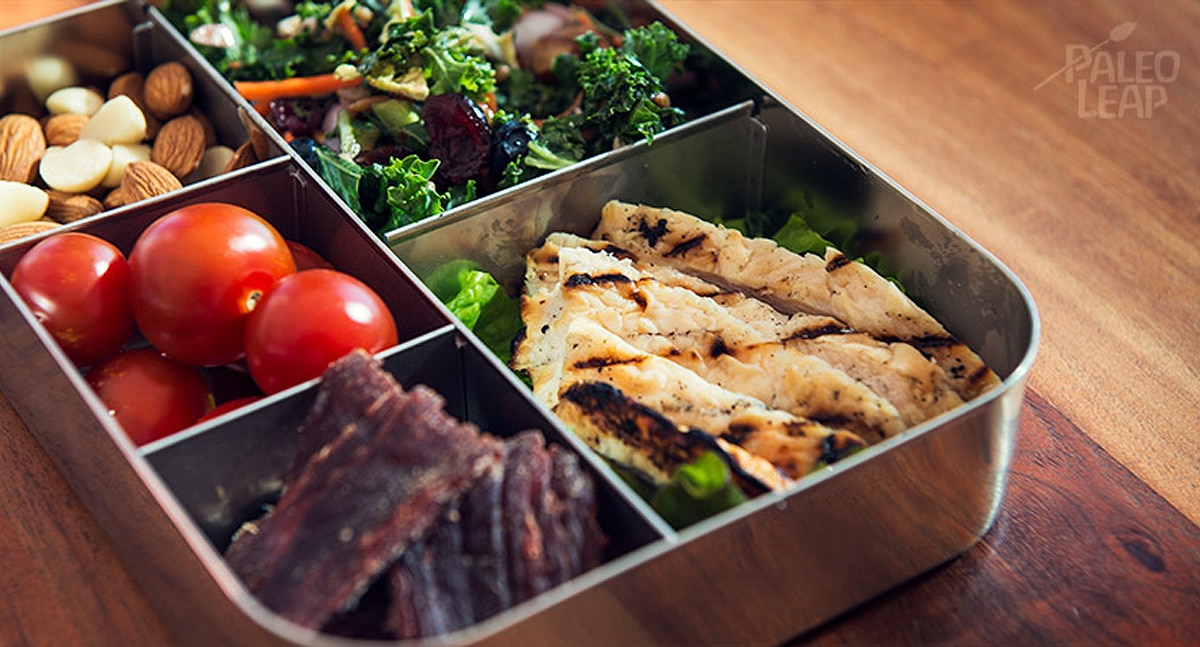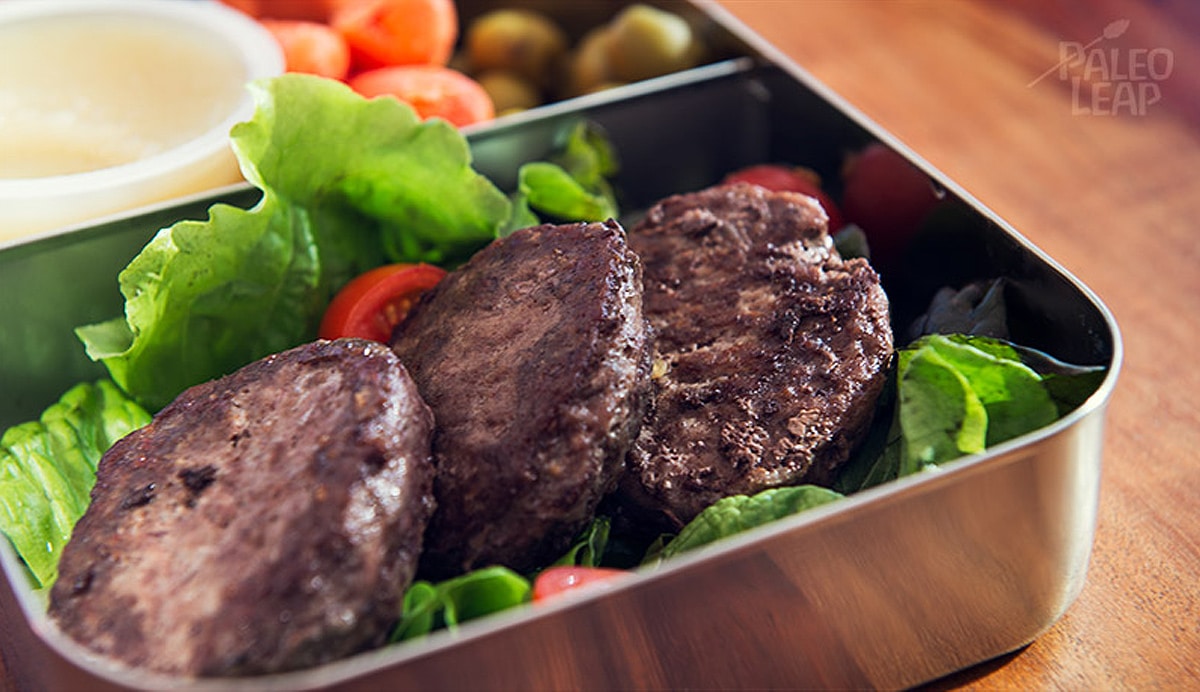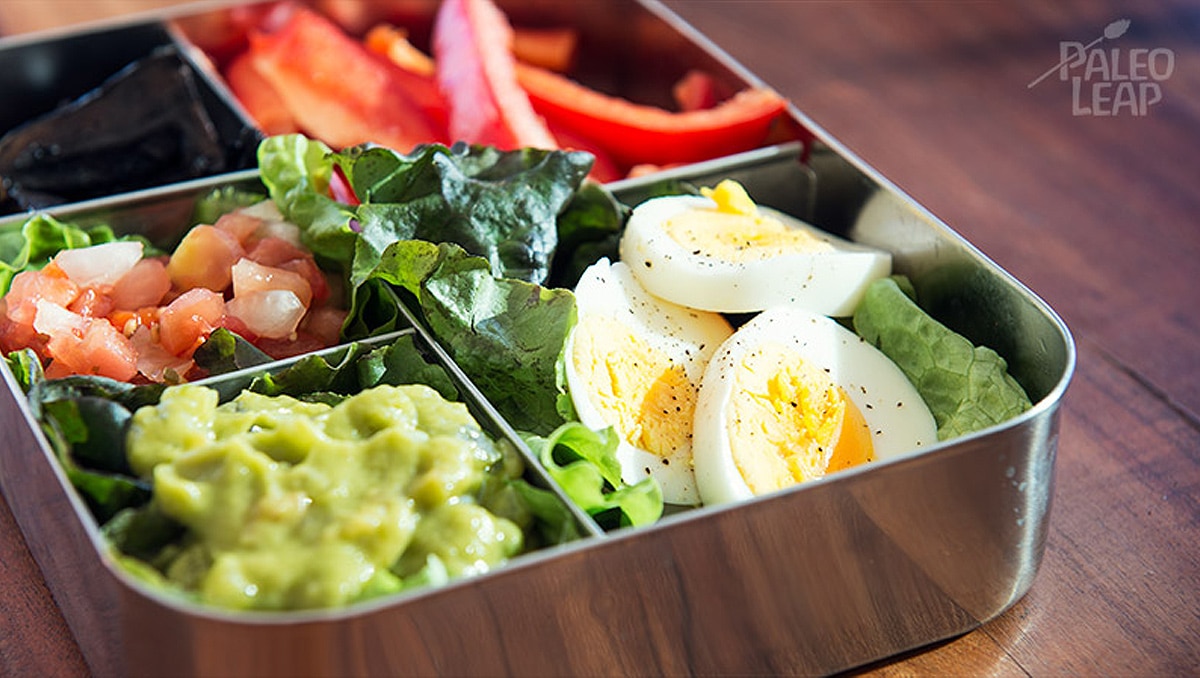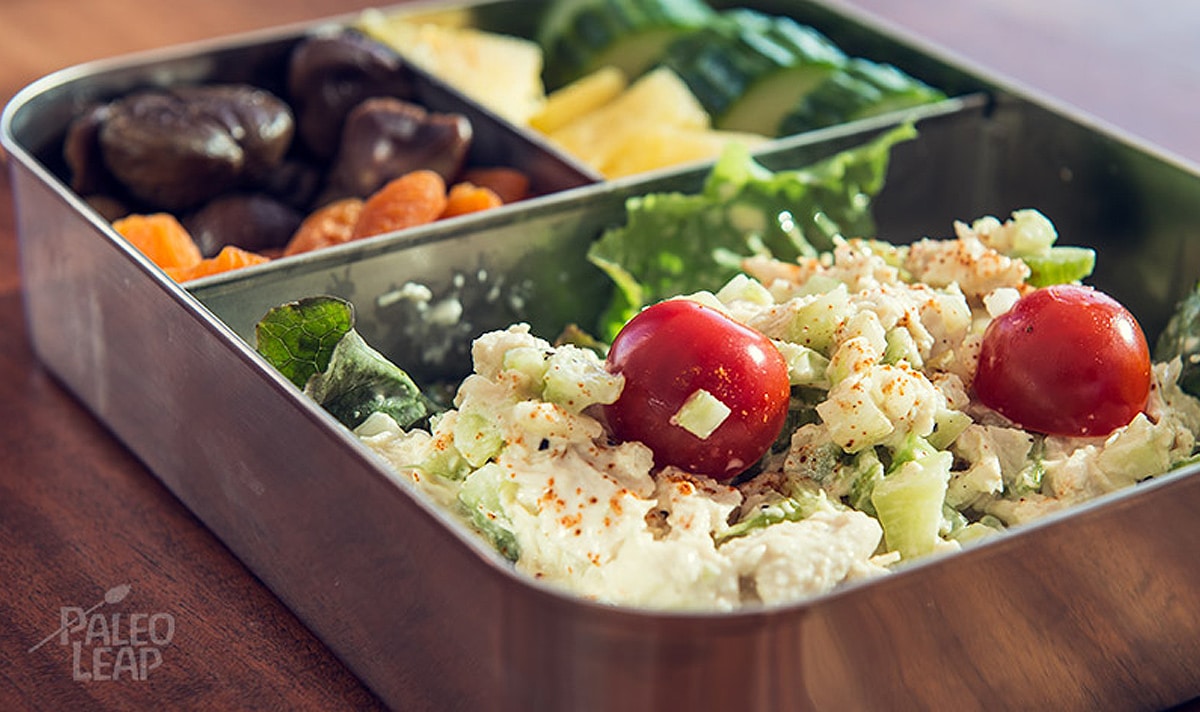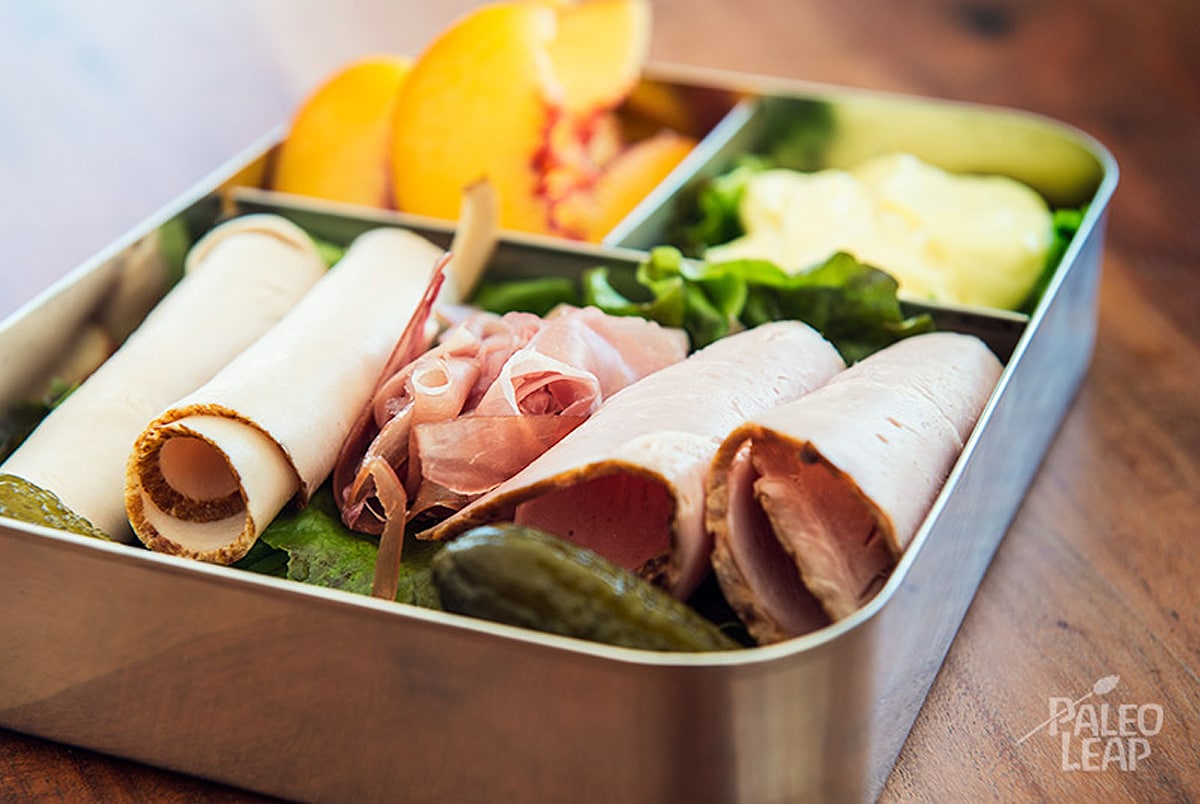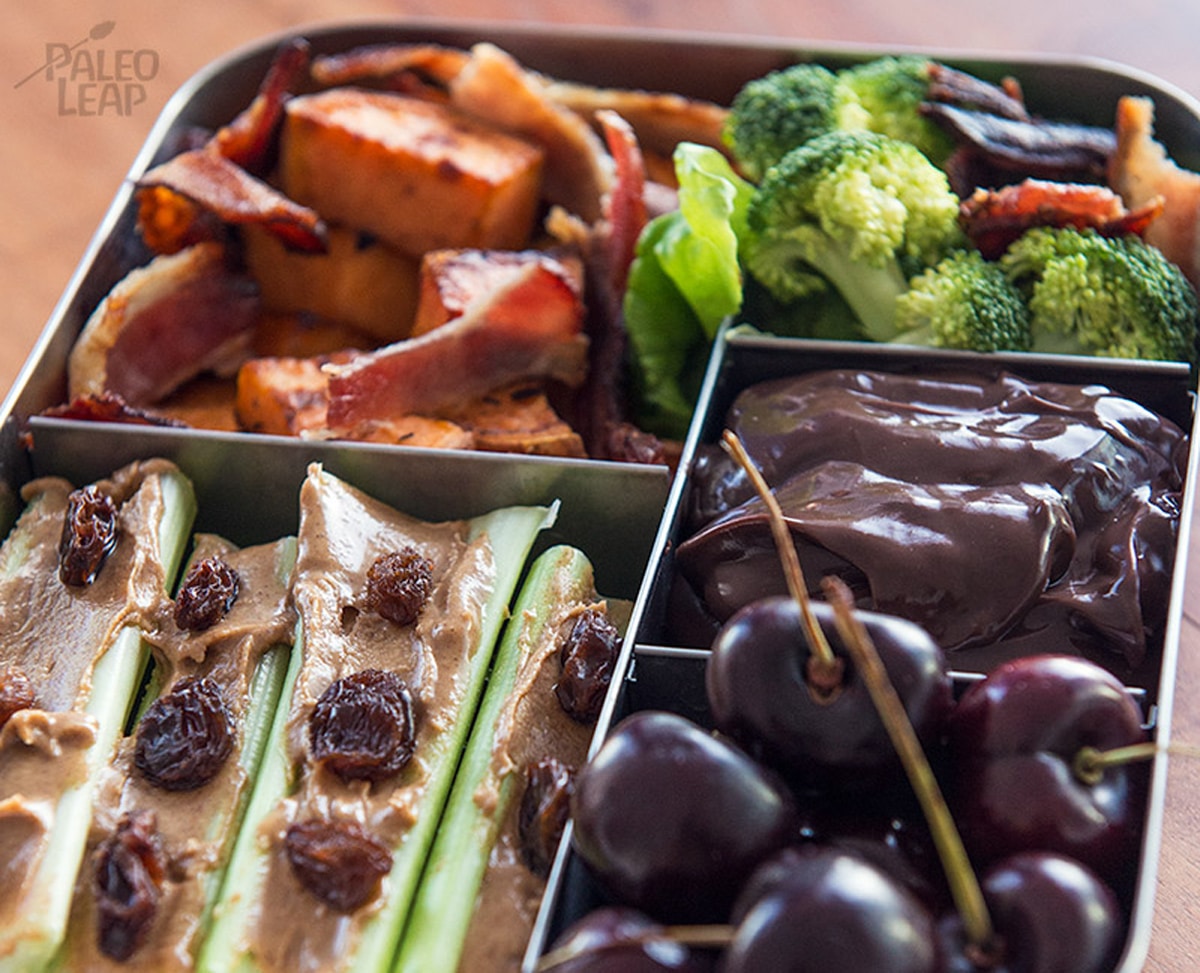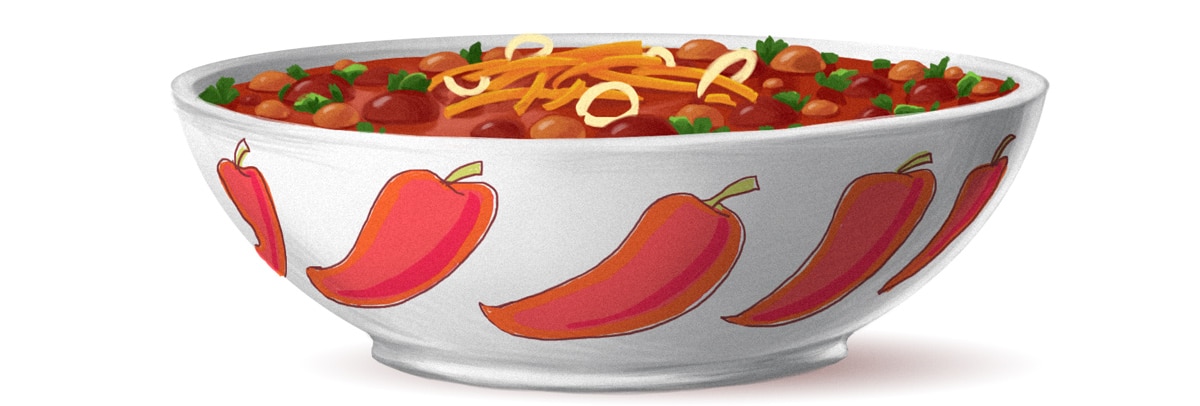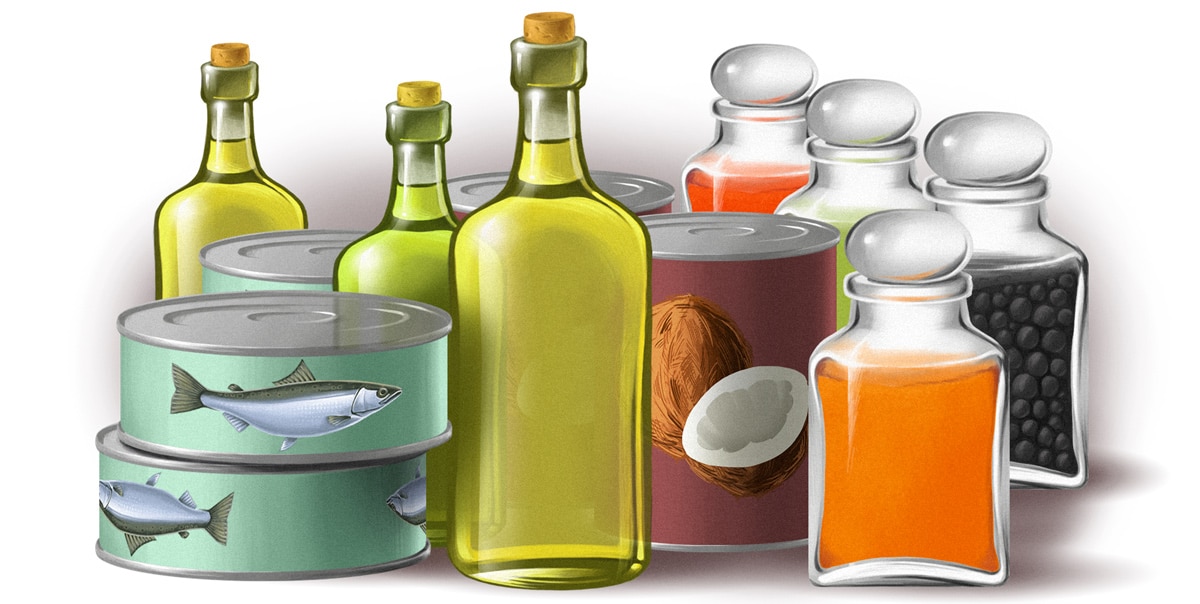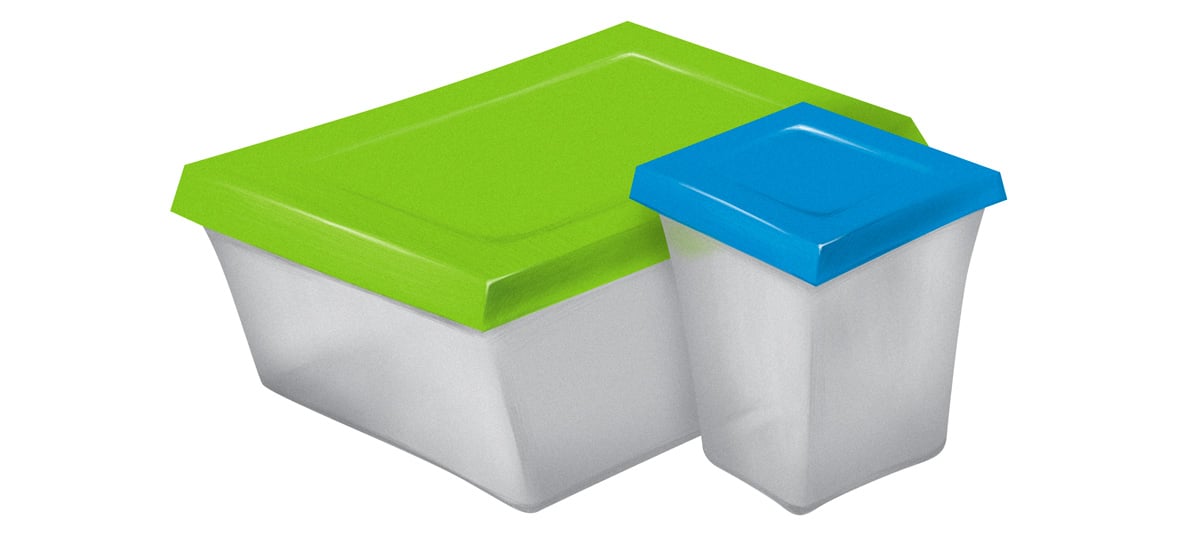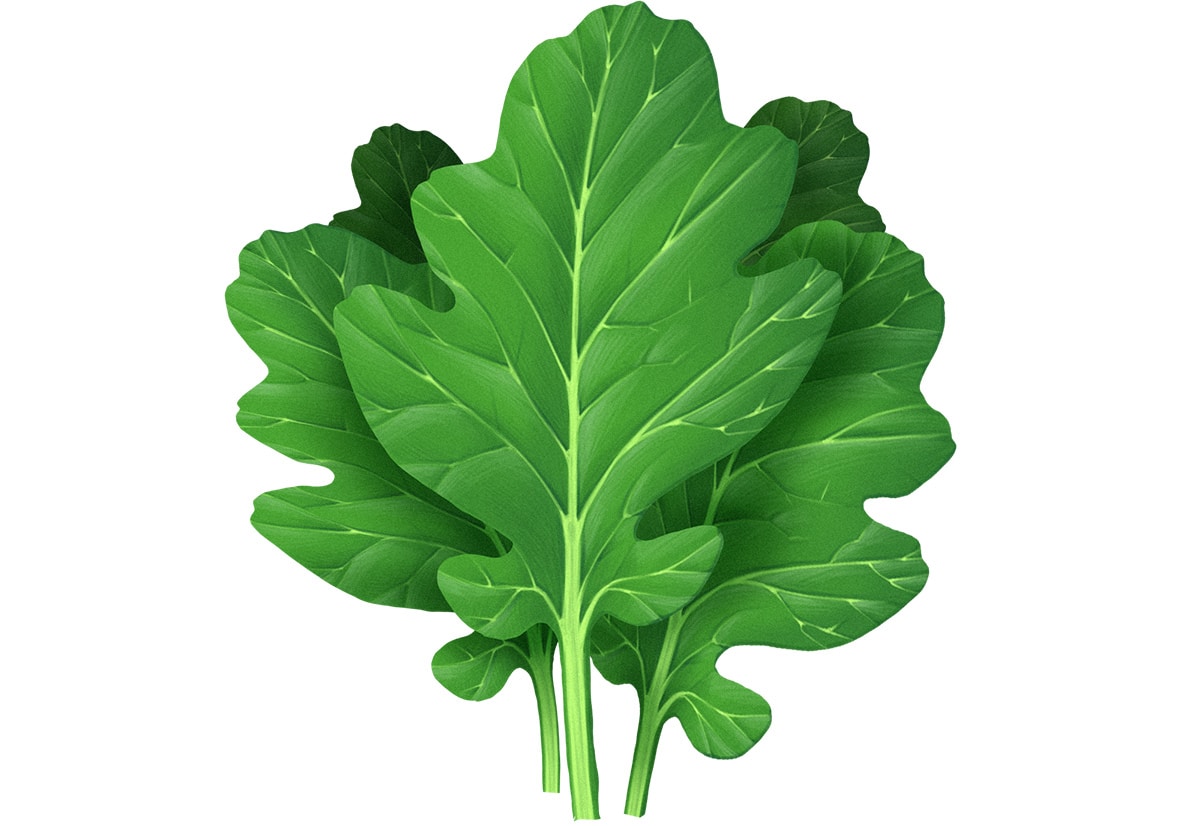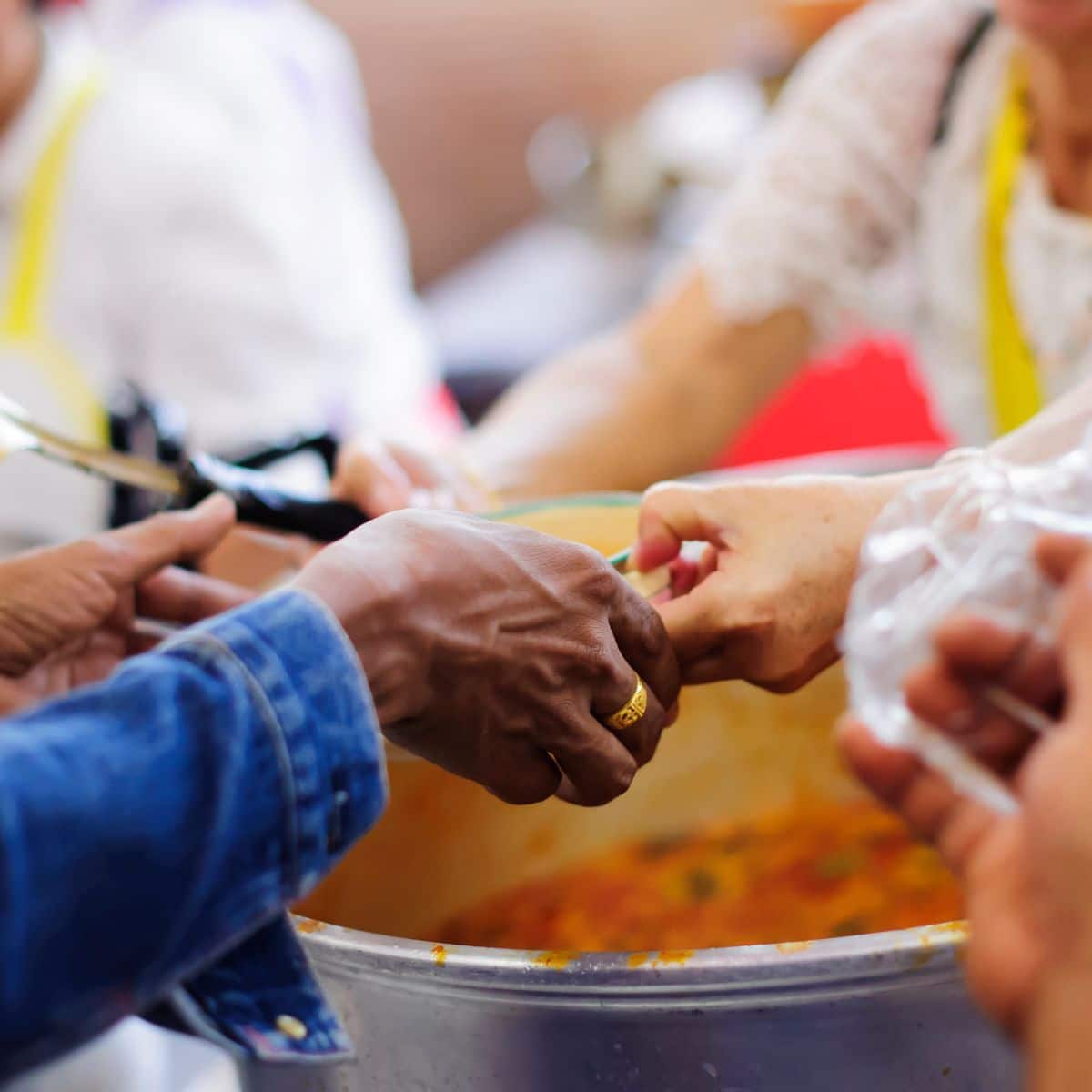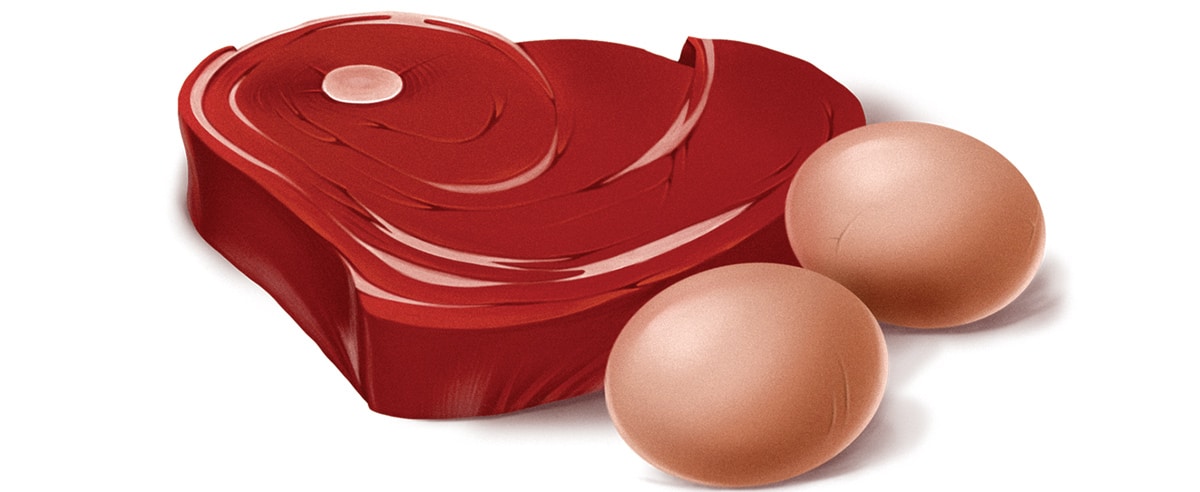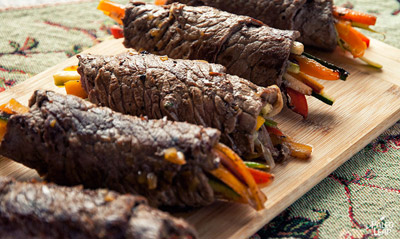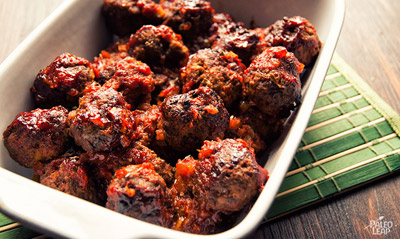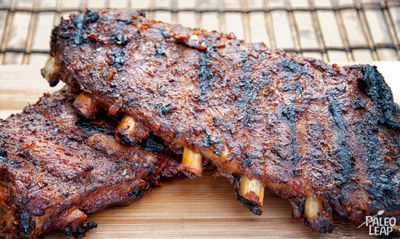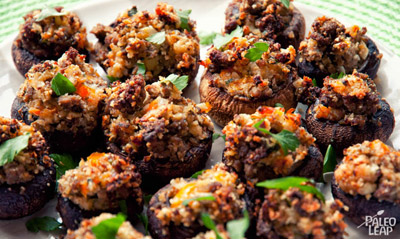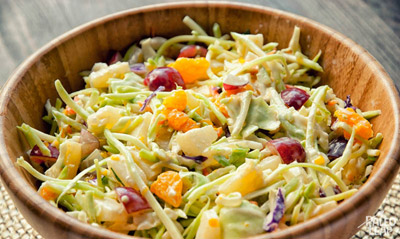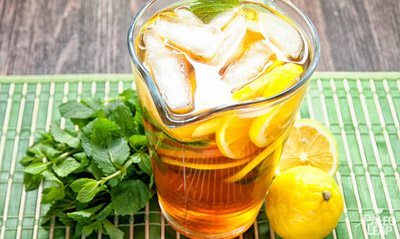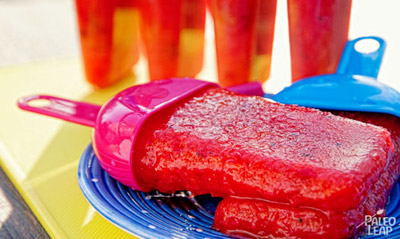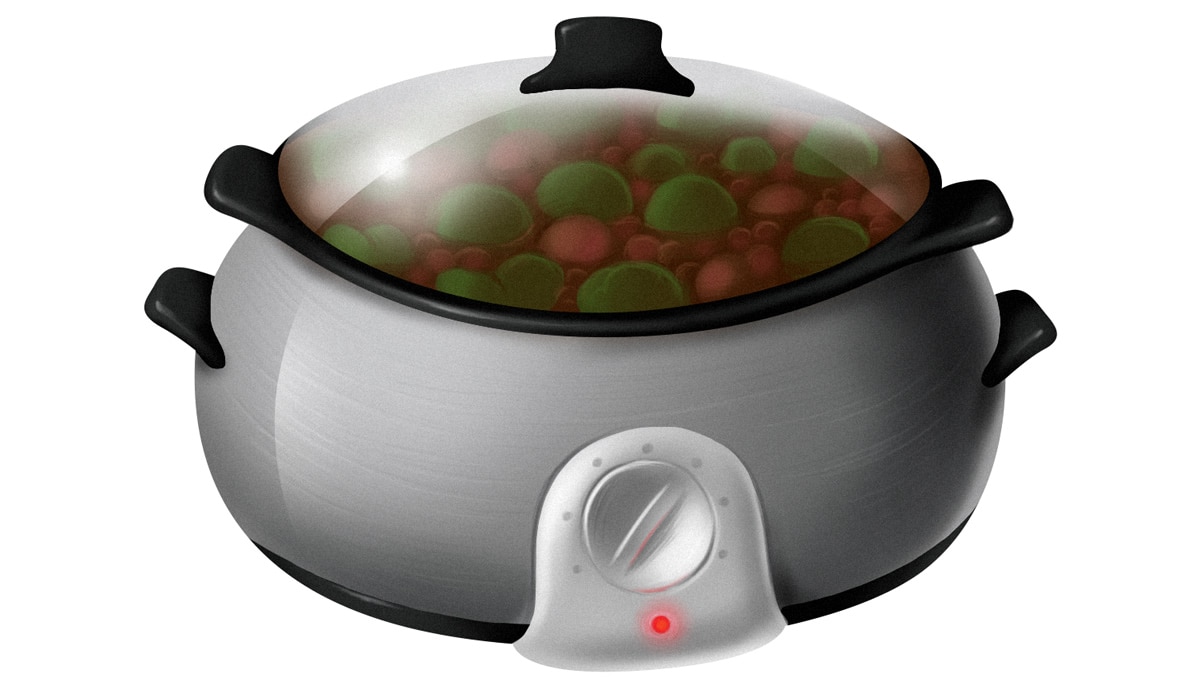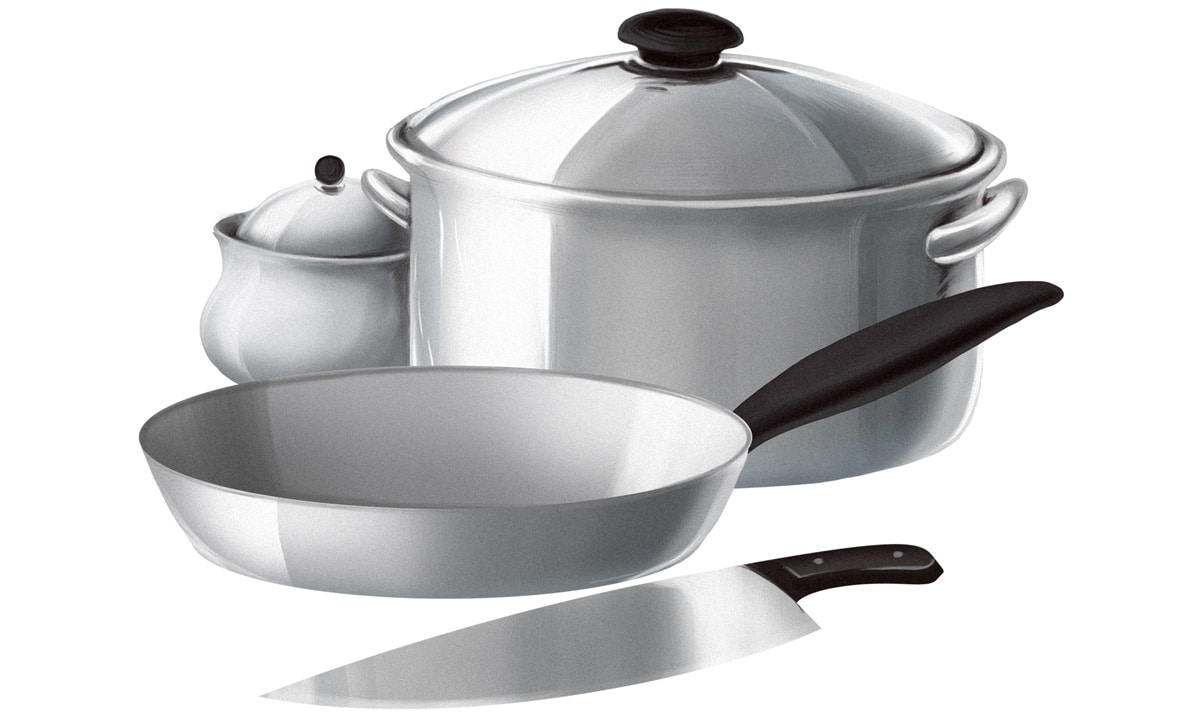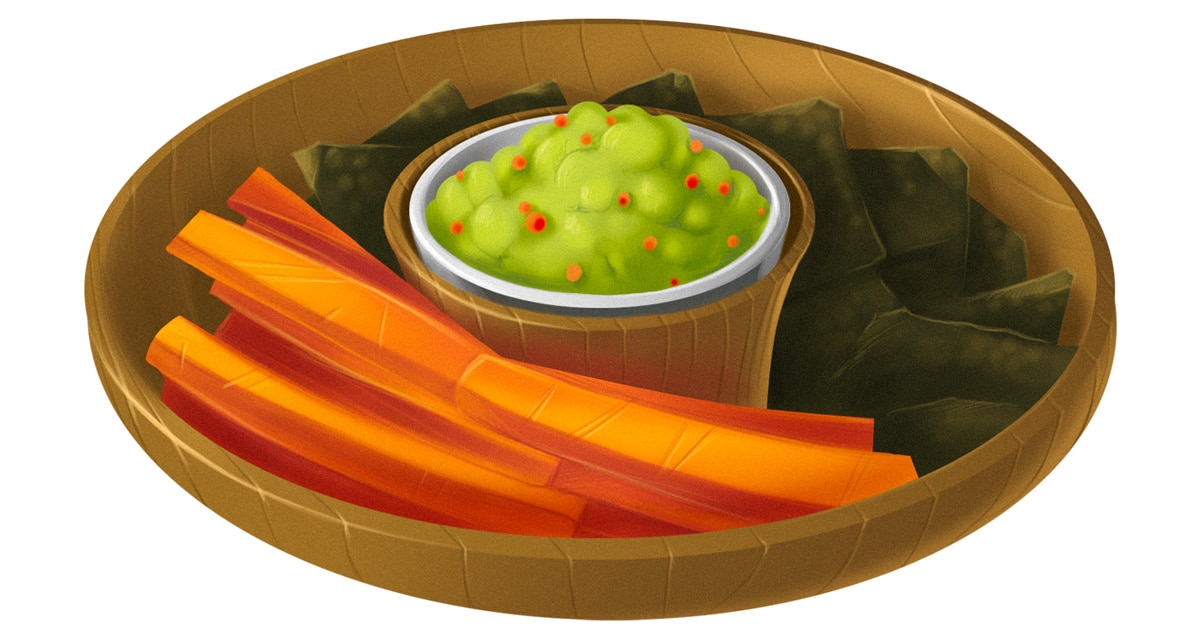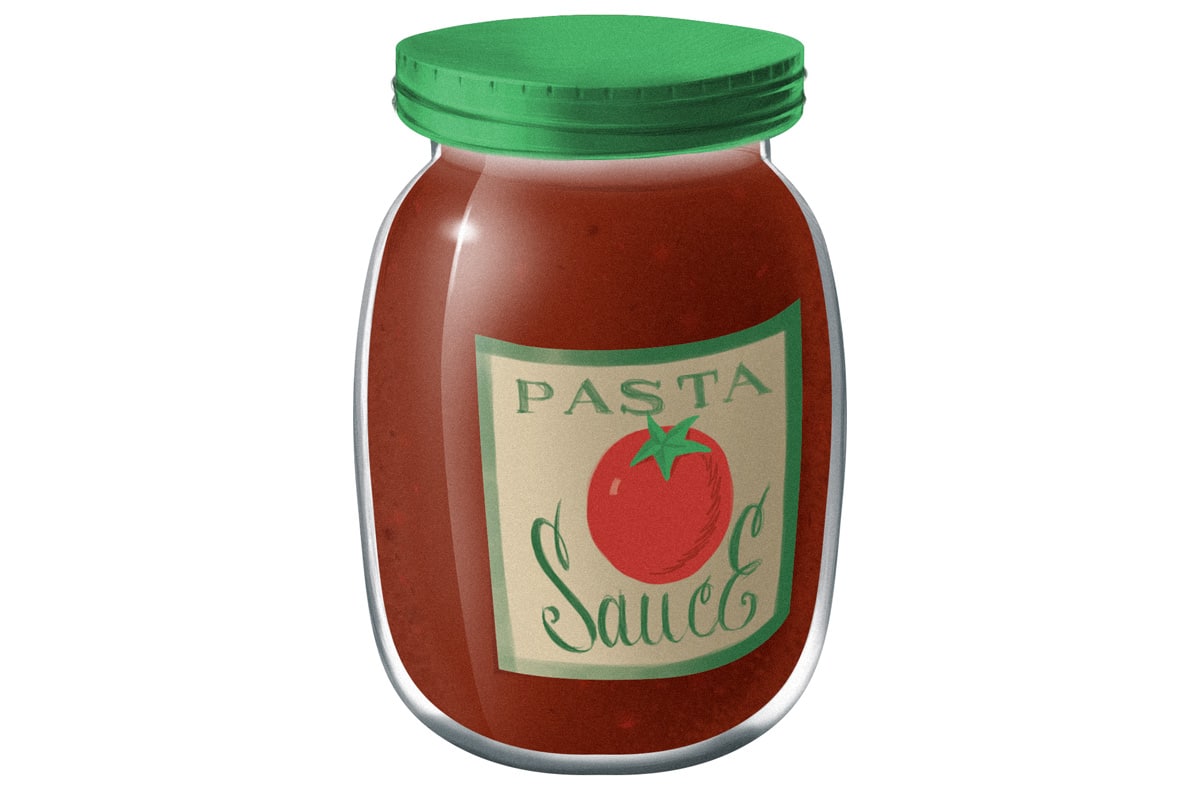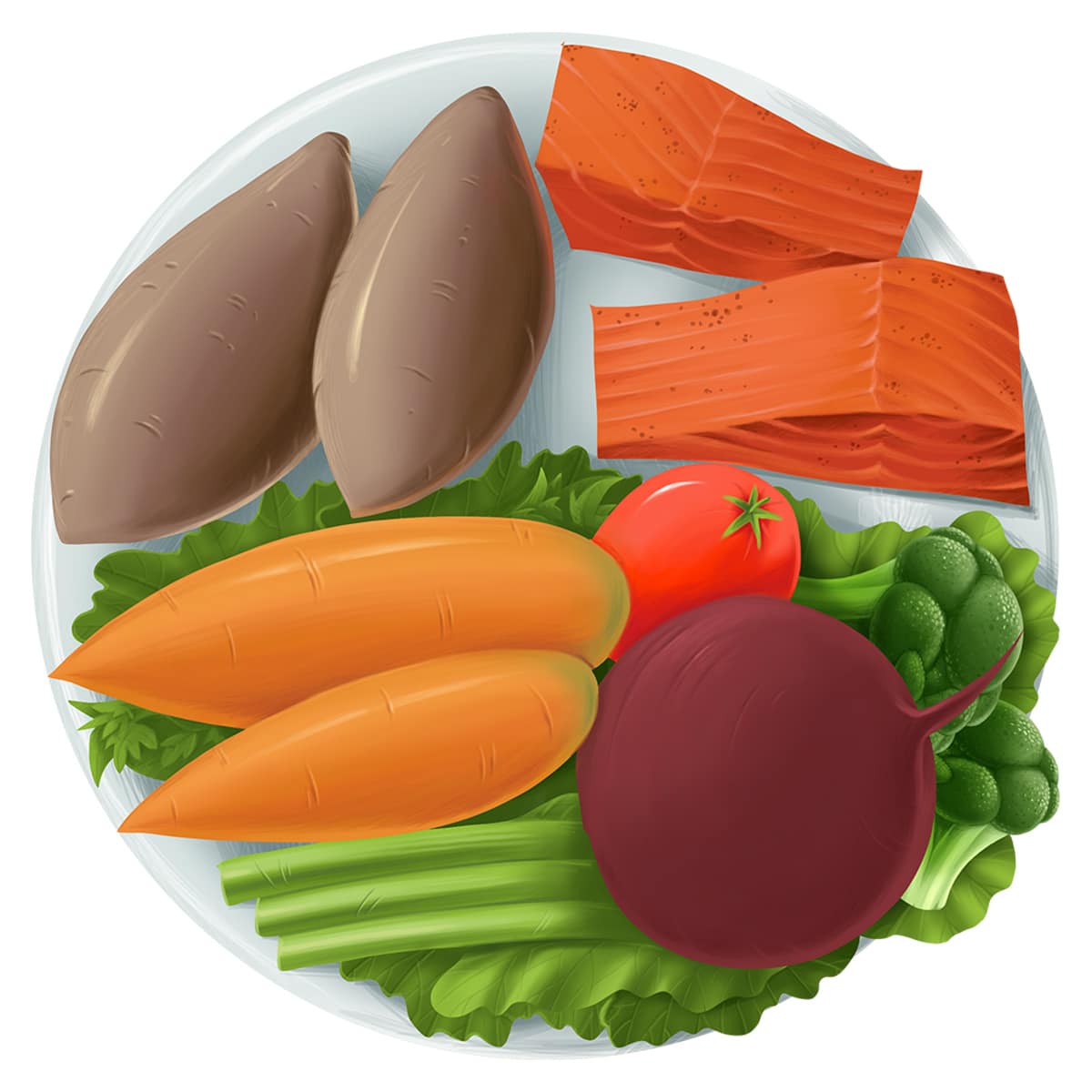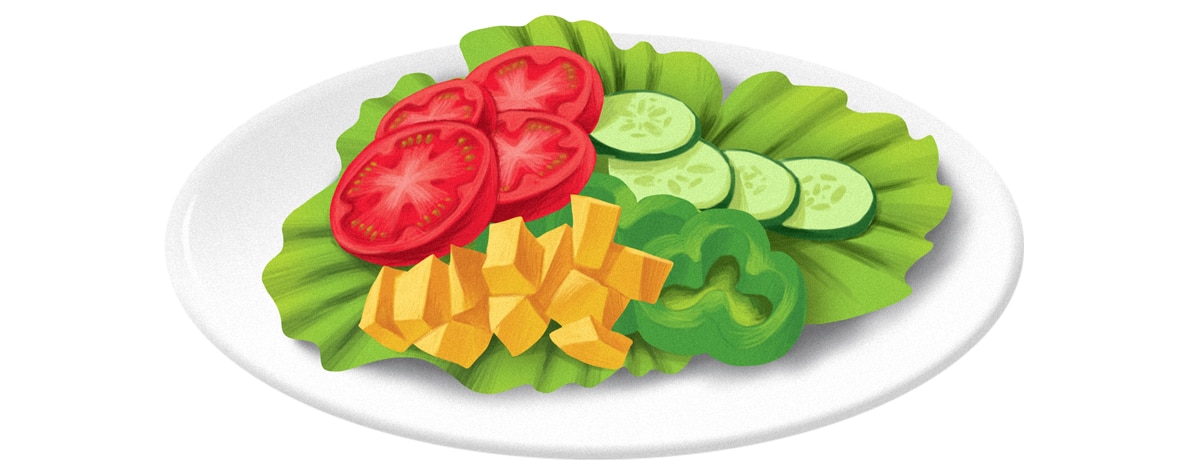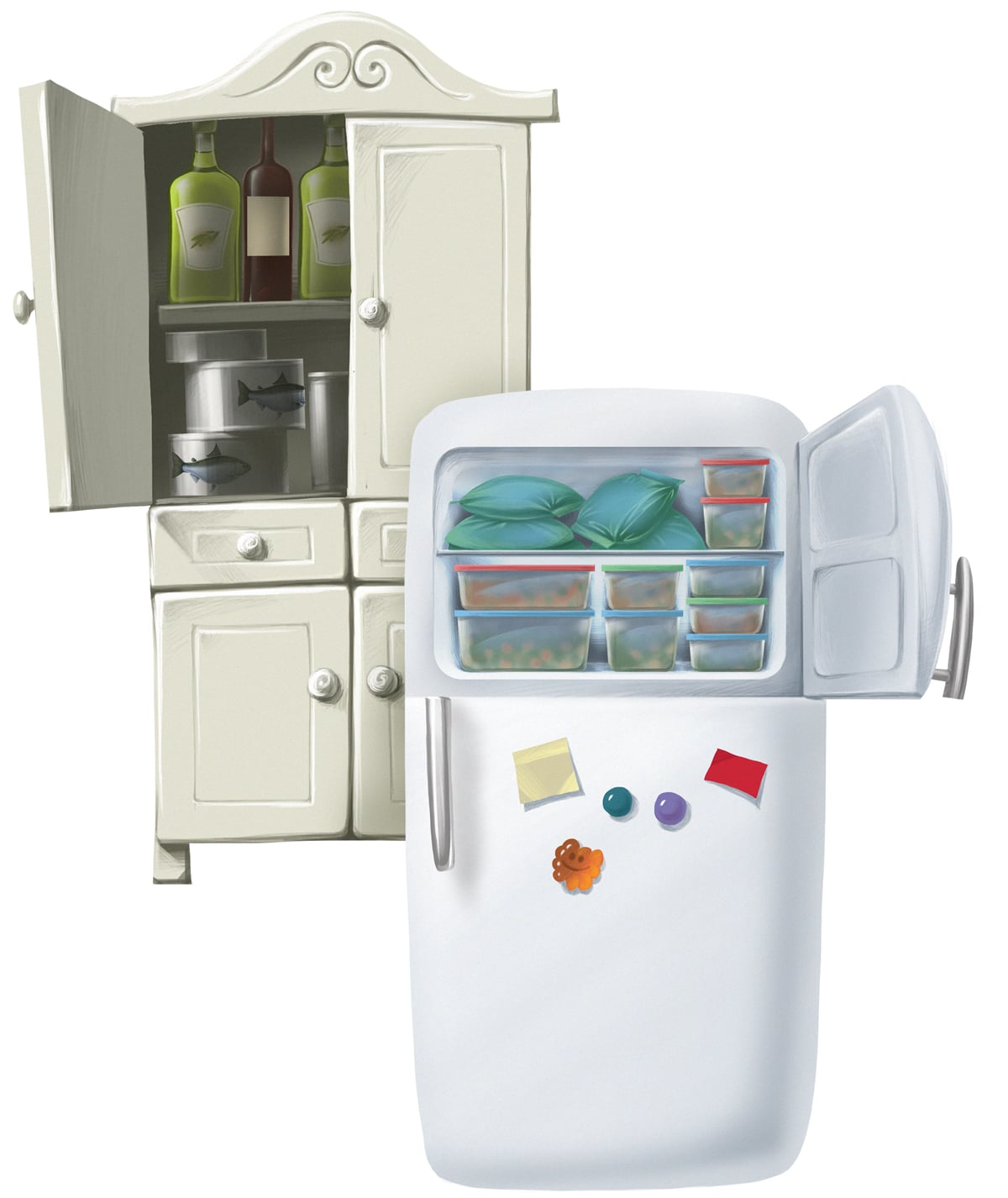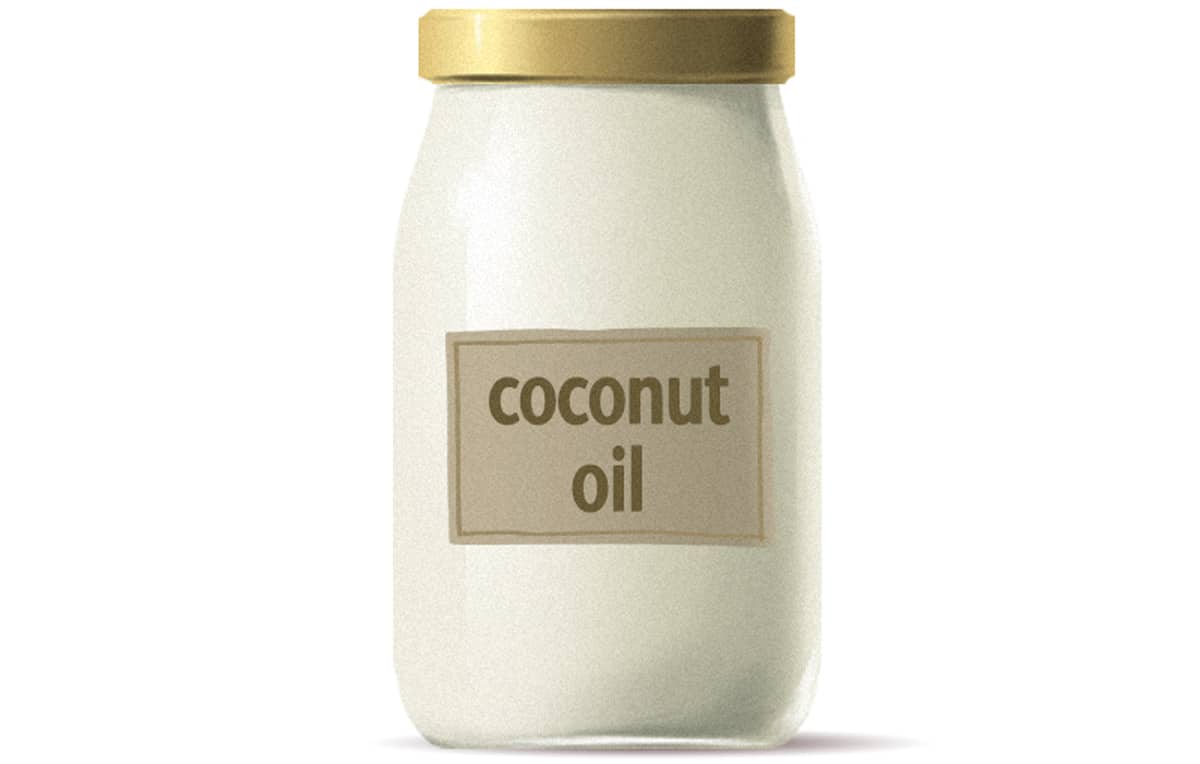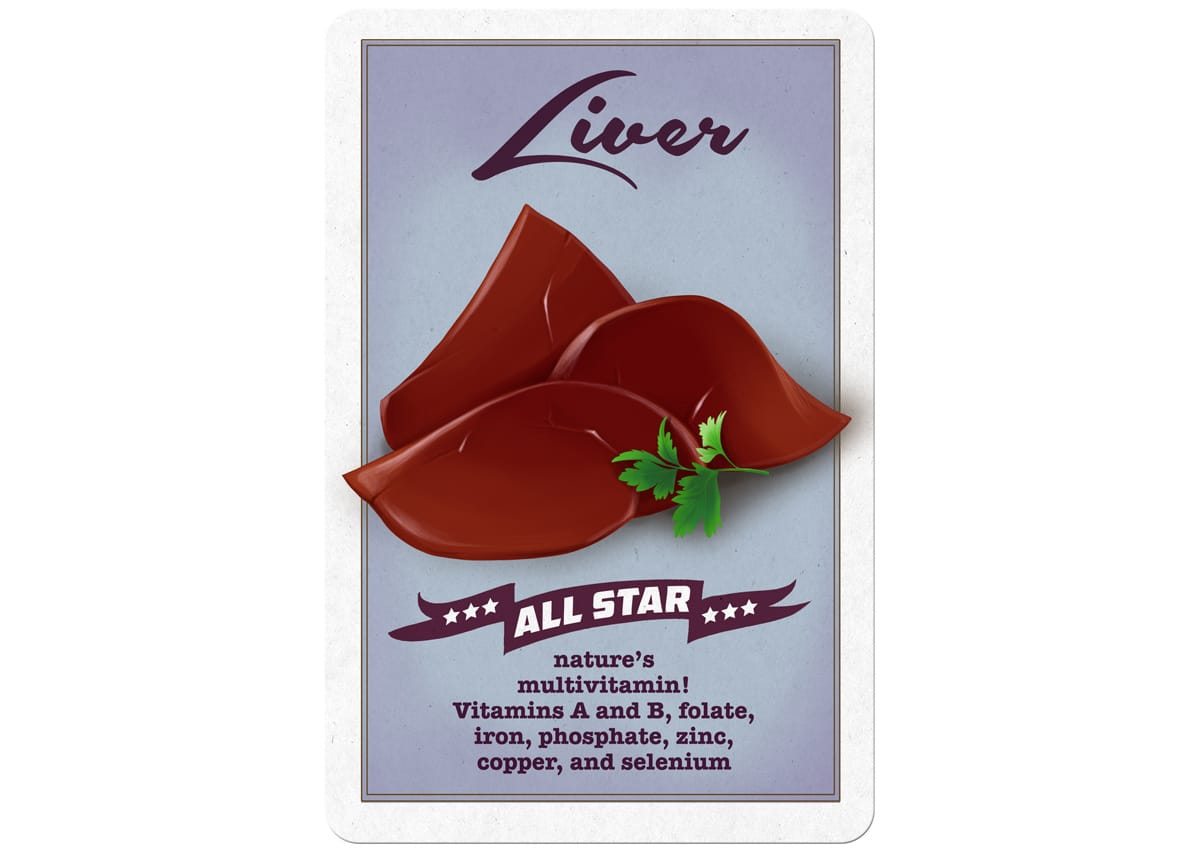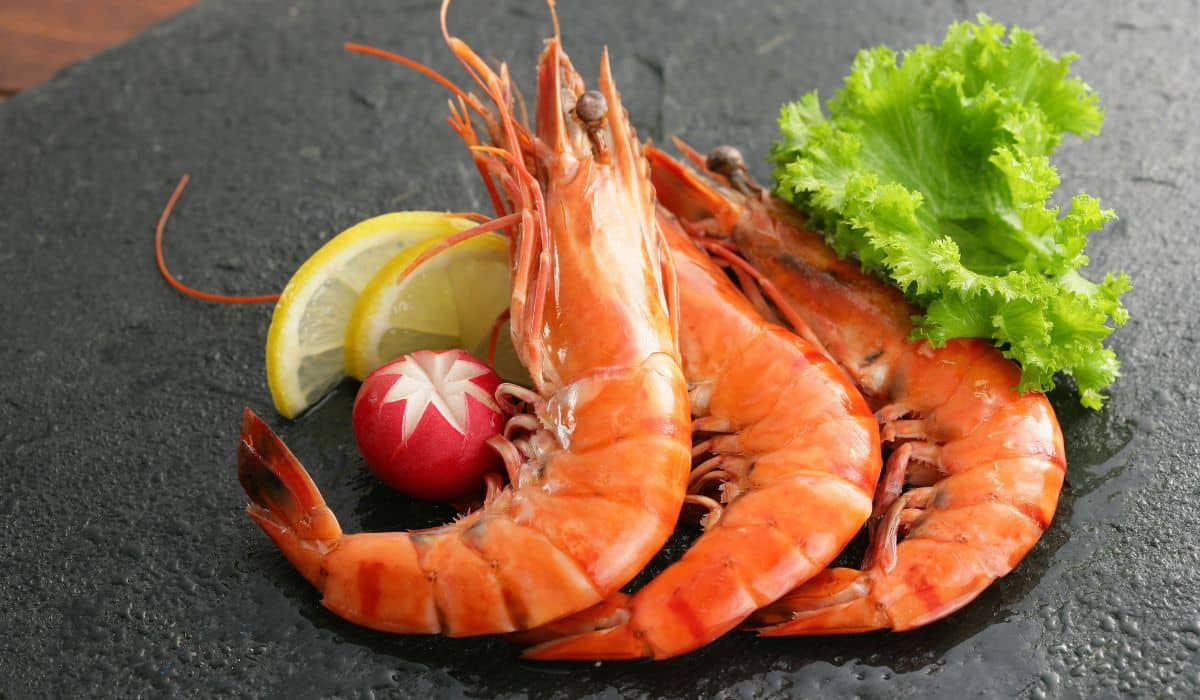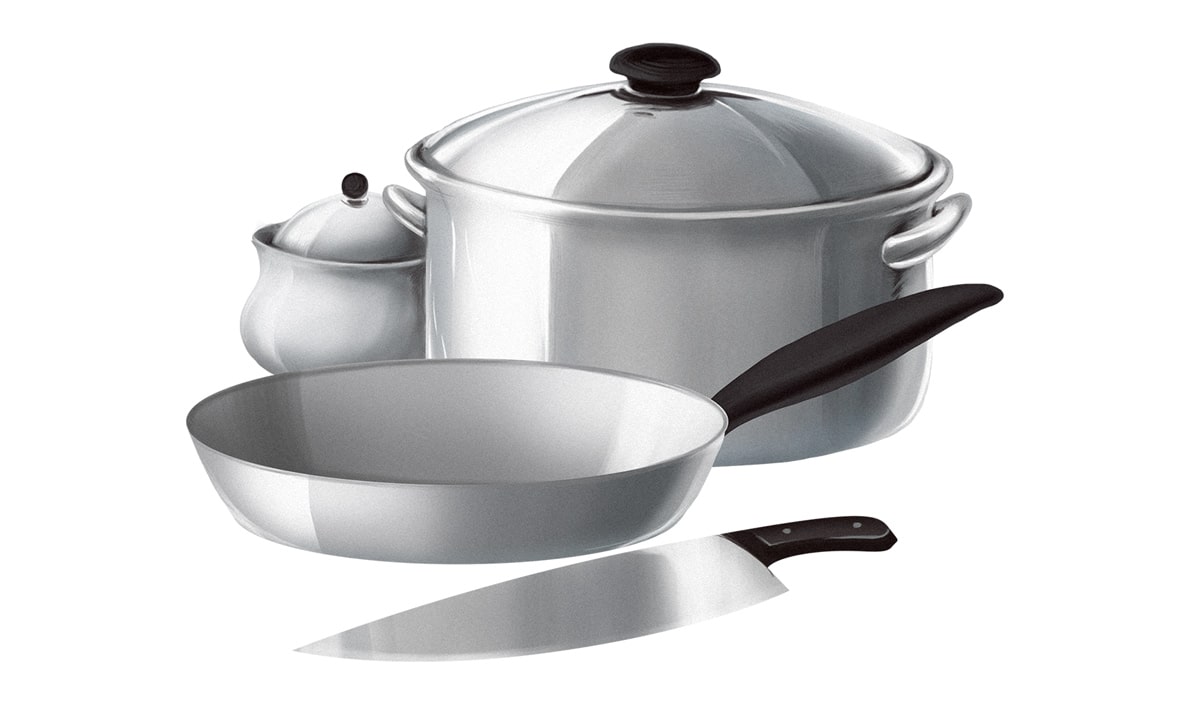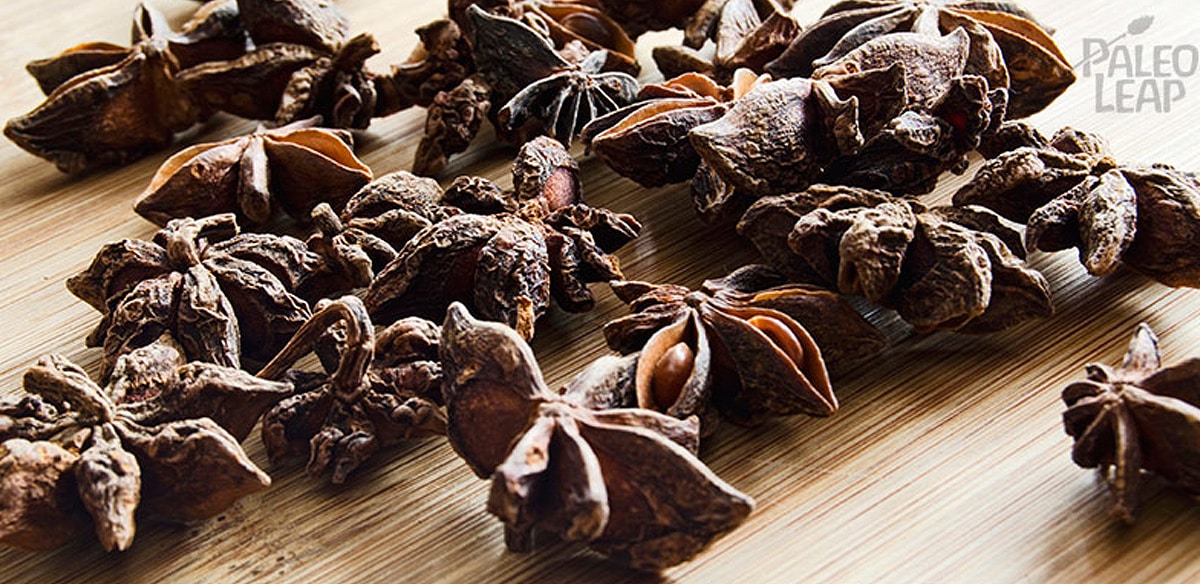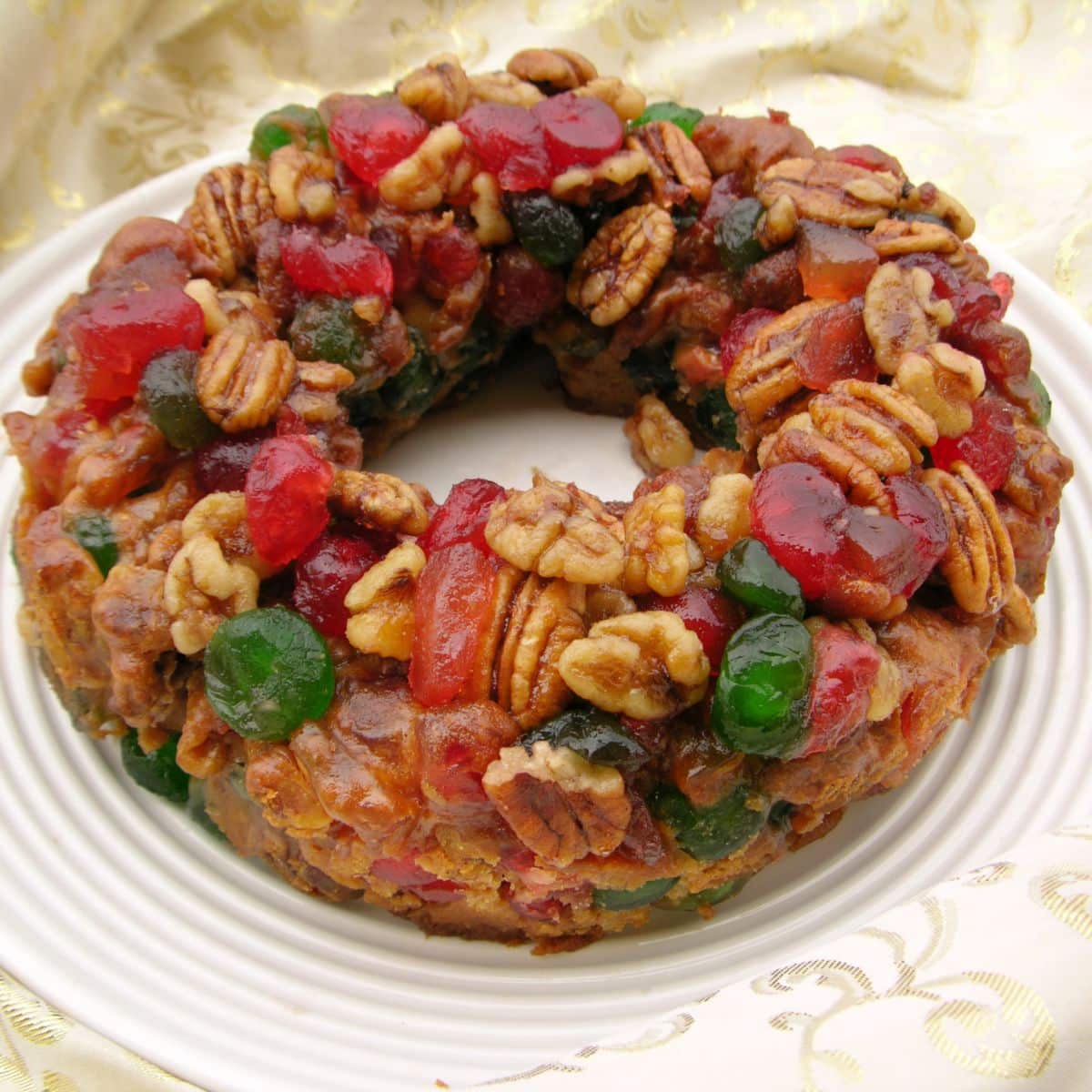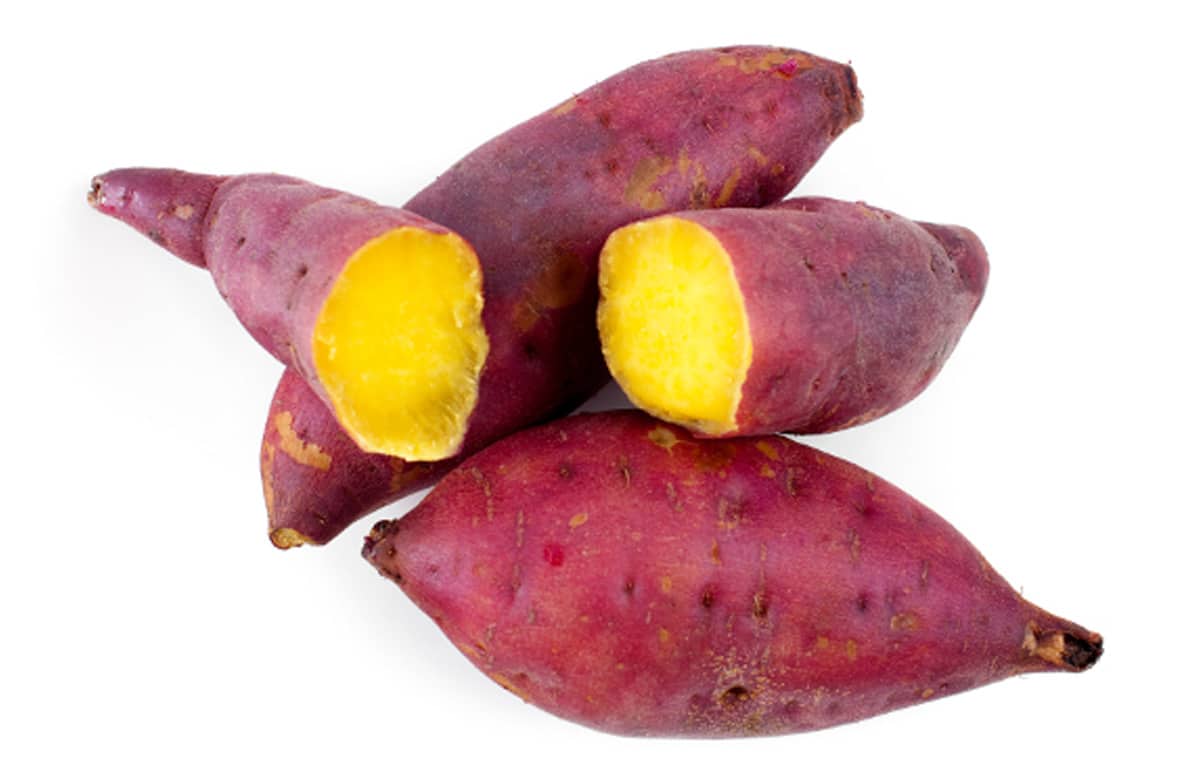You’re old enough to take charge of your own health…but not quite old enough to have your own kitchen yet. Old enough to care…but not quite old enough to settle down with half a pastured cow and your very own fermentation crock. So how to stay Paleo as a college student?
In this article, you’ll get a look at some of the challenges that college students have to face when they’re trying to go Paleo, and how you can work around them.
Dining Halls
Believe it or not, it is possible to eat a more or less Paleo diet in a college dining hall. It just takes a lot of ingenuity. At the core, Paleo is about meat, fresh fruits and vegetables, healthy fats, and safe starches. So let’s see how you could hunt and gather all that from a typical dining hall…
- Meat: with luck, you’ll have a grill station where you can ask for just a burger without the bun (or even better, a lettuce bun). If there’s a self-serve deli counter, also try that; you might be able to snag some slices of turkey breast, ham, or chicken. Hot entrees are hit-or-miss: grilled barbecue ribs are perfect, but often your only options are breaded or deep-fried in junk oil.
- Eggs: many dining halls have omelets, or even a build-your-own omelet station. This can be an ideal source of quick protein without a lot of junk in it.
- Fresh fruit and vegetables: the salad bar will be your very best friend here. Load up a huge bowl of salad with everything you can find. Hot vegetable dishes might also be available, but watch out for breading, mystery oils, and giant globs of cheese on everything.
- Safe starches: baked or roasted potatoes are not hard to find, probably because they’re very cheap and easy to cook. If you can get your hands on some plain white rice, that’s also fine.
- Healthy fats: if you can get guacamole or olive oil on your salad, you’re home free. You could even consider bringing your own oils if you’re really worried about it.
Also, don’t neglect the soup options! Many dining halls will set out vegetable soup as a sad kind of concession to the vegan crowd, but typically it’s also relatively free of junk. Sometimes you’ll even get lucky and find “chicken vegetable” or something else with protein. Just make sure you’re not getting a bunch of noodles or soy sauce, and you should be fine.
It also helps to keep a stash of food in your room. If you can get a mini-fridge, so much the better. Otherwise, you can still stockpile canned fish, avocados, fresh fruit and vegetables, jerky, summer sausages, and raw nuts to grab for snacks.
Cooking For Yourself

OK, OK, but what if you’re living at home while you go to school? Or what if you have your own apartment? Suddenly, the dining hall stops being the problem; now it’s the need for super-quick (and preferably cheap) meals to keep you going through a long day of classes. Some tips on cooking for yourself as a busy, broke student:
- If you have a microwave on campus, you can cook up one big batch of soup or stew on the weekend, freeze it in individual servings, and pull out one serving per day. Lunch every day, for an hour of total prep time. And it’s hard to beat the price! Just make sure to add some kind of fat and protein (for example, coconut milk and chicken breast). If you throw it in your bag still frozen, the soup serves as its own ice pack, so you don’t even need a cooler.
- Hoard leftovers from dinner to throw in a lunchbox and bring to class. It doesn’t have to be fancy or special-looking, as long as it’s nutritious.
- Keep a snack around at all times. Student schedules are notoriously unpredictable; you never know when you’ll have to run to the library over lunch or stay late for a project. A bag of trail mix or a Larabar can make the difference between staying Paleo and giving in to the bagel counter.
- Hard-boiled eggs are fine to carry around at room temperature all day, and they make perfect quick lunches because you don’t even need utensils. Pack them up with some vegetables or a piece of fruit and you’re set.
- Invest in a slow-cooker, so you can leave your food to cook while you run off and do other things.
Managing Alcohol
Sometimes, the biggest challenge to your Paleo commitments isn’t eating. It’s drinking. And not the kind that you lead the horse to.
It’s easy to say “just don’t drink.” But a night on the porch with some good friends and a few beers can be an important part of college life, and who wants to be the healthiest hermit on campus?
There are as many solutions to this dilemma as people who have to solve it. You can go to parties and hang out with your friends, but just abstain from the drinking part. Or you can test it out to see if moderate drinking fits into your version of Paleo – social drinking actually fits very well into an overall healthy lifestyle as long as you know how to manage it.
It also helps to proactively suggest social activities that don’t revolve around alcohol (or food, for that matter). Try joining an intramural sports team, music group, book club, or some kind of activist organization that you care about. Invite your friends to walk around and explore places on campus with you. Drinking doesn’t have to be the default way of spending time together!
You might also find that as you keep making an effort to take care of yourself, you’re naturally drawn to other people who have the same priorities – people who won’t make you feel weird or out-of-the-loop because you choose to eat or drink a certain way. Then the problem is pretty much solved, and everyone’s happy.
Let go of Perfection
Let’s face it: trying to eat Paleo in college is never going to work out perfectly. No matter what kind of choices you make in the dining hall, you probably won’t be able to get grass-fed meat or organic produce. Cooking for yourself is a different animal, but it’s unrealistic to think that in four years of school, you won’t get stuck without a Paleo option at least a few times!
On top of all that, there’s the social aspect. A lot of your classmates simply won’t care about health, because they’re not seeing the consequences (yet). Making the most of your college years sometimes means choosing to eat something non-Paleo, and that’s OK.
The good news is that in college, while you’re young, you can typically “get away with” a whole lot more. Taking care of yourself most of the time will pay off down the line, but realistically, you do have more wiggle room at this age than you ever will again.
So if your friends invite you out for barbecue ribs…don’t say no because you’re afraid of sugar in the sauce. After all, it’s not just food that makes us healthy. Stressing over food can do just as much harm as the food itself. Strong social connections make us healthier in pretty much every possible way. Sometimes, splitting an Oreo sundae is the healthy choice, and as long as you’re Paleo most of the time, those occasional detours won’t do you much damage.
Summing it Up
If you’re a college student choosing to eat Paleo…congratulations! You’re miles ahead of the curve when it comes to taking care of your health. The benefits might not be obvious now, but you’ll start seeing them at 35 when everyone else is slowing down and you still feel great.
Whether you’re stuck with a meal plan or cooking for yourself, there are plenty of cheap and fast ways to get some food in your stomach and get back to the rest of your life. And just remember: you don’t have to be 100% perfect, 100% of the time. It is possible to find a level of strictness that keeps you feeling good without wrecking your social life; it just takes a little experimentation.

